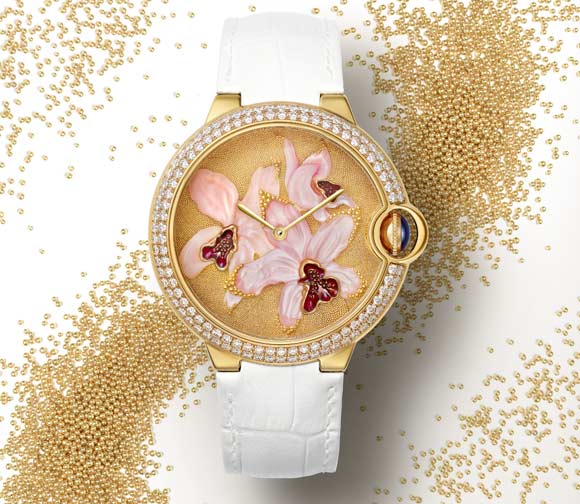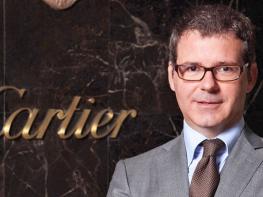This will be a big year for heritage at Cartier with the opening of the renovated farm in La Chaux-de-Fonds that is the new home for the brand’s métiers d’art craftsmen…
I am always delighted when people link this to the idea of heritage. It’s not necessarily the definition of my role in terms of heritage but it is also how I see things. We are building tomorrow’s heritage today and this is precisely what the métiers d’art are. It is today’s riches that will become tomorrow’s heritage.
Heritage is often seen as something that is oriented towards the past and people only see the idea of preservation. But this is not the main aspect of my work. I have to consider the preservation of today’s work. In other words, based on the experience that we already have, decide what we should keep for future generations.
How do you approach this challenge, particularly in an era where technology is evolving rapidly?
To take just one example, consider photography. We have been systematically photographing our creations since 1906. So the evolution of photographic techniques is also part of our heritage. Today, of course, we are in the digital age and we photograph everything digitally. We have our own internal studio with our own full-time photographers.
“Contemporary creation is at the centre of my responsibilities as part of an overall vision of style”
How big is your team?
There are around 40 people in the design studios, then the heritage department is divided into three units. The archives are split across three sites: Paris, London and New York, where there are about 10 people working. The documentation department is based solely in Paris and consists of five people working on everything that is not considered as belonging to the archives but which nevertheless forms part of our history. The archives concern everything from creation to production and the sale of our products, which by its very nature is confidential. Only our designers have free access to this. Documentation, on the other hand, is available to everyone because it is either material that the brand has made public over the years or material in the public domain that makes a reference to the brand, such as advertising, mentions in literature, appearances in films and the like. The third department is the collection, which is stored in a safe in Geneva, where five people work.

How do you approach the strategy for Cartier?
I have regular interdepartmental meetings to discuss style and trends and the direction we should be heading in. I like to do this outside of the day-to-day business, where we are often working to specific briefs and at a very fast pace. So I like to add something extra and look to create objects that meet a brief that does not exist. But this is a battle with time. I organize cultural seminars at least once a month where we meet other artists with our designers or visit museums and exhibitions. This is essential to gain fresh ideas and not to get too absorbed in developing things that people have asked us to develop, in order to be able to invent outside the box. It’s also interesting to see people’s different reactions at the same time when faced with the same thing, which helps us to share the overall visions for the brand with everyone.
What is your biggest challenge?
My biggest challenge is having to say no. It’s very easy to say yes but creative types can be very sensitive so if I say no to something I have to be able to explain and justify myself.





